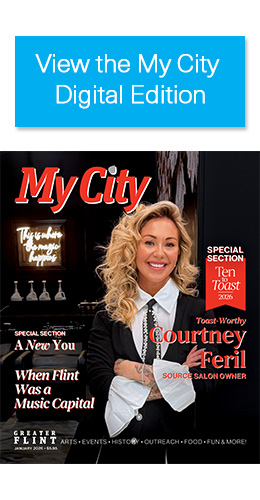What’s your favorite color? Is it a primary like blue, red, yellow? Or something more exotic like cerulean, goldenrod, scarlet or the infamous (and now retired) yellow-green? Everyone has an answer to this question going as far back as they can remember and it’s all due to a pack of small wax sticks given to us as toddlers with the directive to “stay inside the lines.” As a society, the majority of our introduction to color and the myriad of shades and hues that exist came in the form of crayons and, once acquired, no blank piece of paper, wall, sibling or t-shirt was left unmarked. As the tool of choice for child artists everywhere, the crayon reigns supreme. And, even as an adult, I’ll bet you have a small box of crayons somewhere at home.
“Crayon” is a French word meaning “chalk pencil” and the origination of the instrument for art was first mass-produced for public consumption in Paris during the late 1700s; however, the style of crayon used then was different from the one produced in the United States. Here, the first crayon was made of wax and manufactured in 1876 by The Franklin Mfg. Company. Still, the crayon wasn’t quite the same as it is today. It wasn’t until 1880 when Charles Bowey of Massachusetts developed a crayon made of paraffin wax that the instrument found its contemporary design. The crayon eventually became a childhood staple in 1902 when Edwin Binney and C. Harold Smith introduced the staonal marking crayon, renamed Crayola by Binney’s wife, Alice. The introduction of the Crayola classic eight-color pack in 1905 established the crayon as a staple of American culture.
Today, the Crayola company and its competitors produce more than three billion crayons a year in more than 100 colors and it is estimated that the average child goes through 720 individual crayons before their 10th birthday. In 1996, the 100-billionth Crayola crayon rolled off the production line made from wax poured by the esteemed Fred “Mr. Rogers” himself.
In honor of National Crayon Day, why not dig out your old pack and have some fun? If you don’t have a coloring book, any old blank sheet of paper will do. Just pick your favorite color and try to “stay inside the lines” (or not).









































